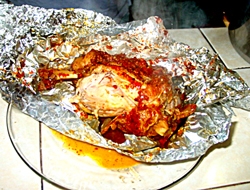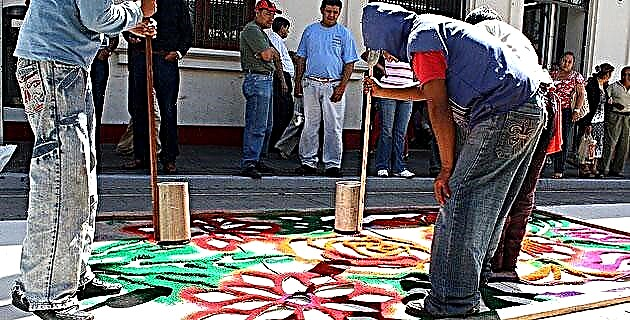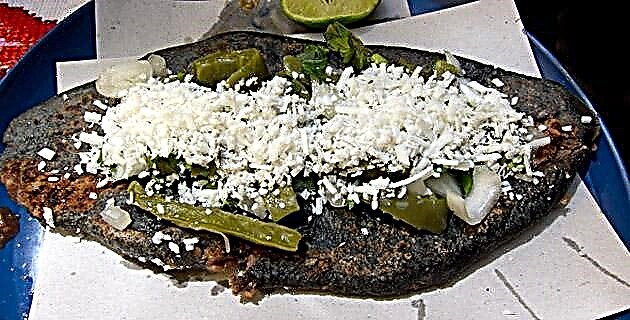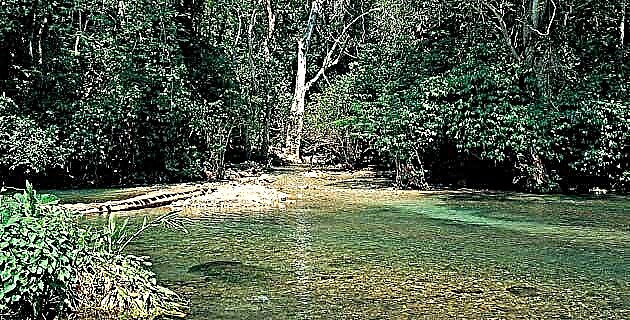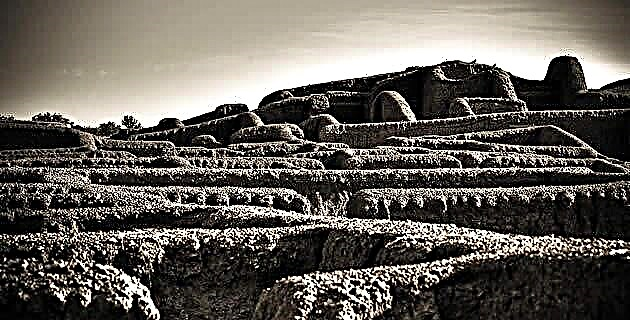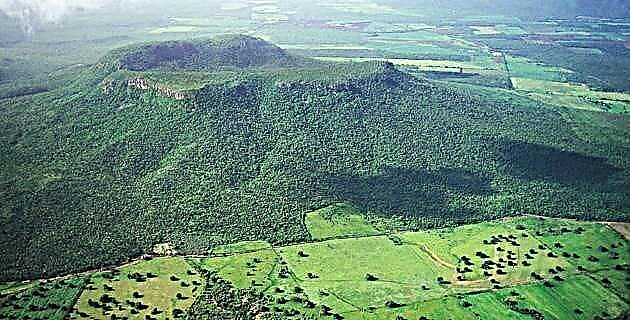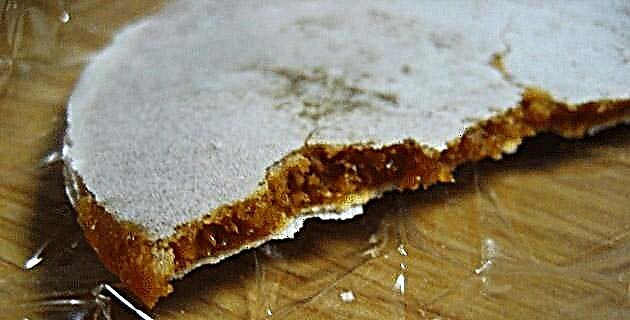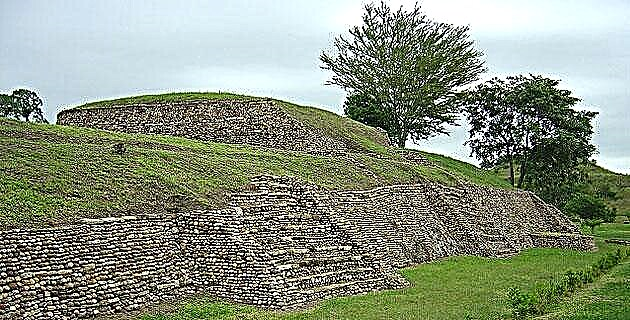
The Huasteco people in ancient times occupied an extensive region that covered from the northern lands of Veracruz to the north of Tamaulipas, and from the Gulf Coast to the warm climate lands of San Luis Potosí.
This coastal town adapted to various ecological environments but maintained intimate relationships with each other, with their language being the best vehicle of communication; Their religion structured rites and celebrations that united them, while ceramic production demanded that all the potters of the Huasteco world participate in a symbolic language that was embodied as decorative elements in their extensive china; his figurines, on the other hand, recreated idealized physical types, accentuating the curious cranial deformation that also identified this people.
Although we know that there was no political entity that unified the ancient Huasteca nation, this people sought that in their villages and cities the design of their settlements, with architectural elements, especially the arrangement and shape of their buildings, evoke a symbolic world and ritual that the whole group recognized as their own; and, in effect, this would be its definitive cultural unit.
Since the first decades of the twentieth century, when the first scientific explorations were carried out in Huastec territory, archaeologists detected a settlement pattern and architecture that distinguished this group from the other cultures that flourished in Mesoamerica.
In the 1930s, the archaeologist Wilfrido Du Solier carried out excavations at various sites in the Huasteca of Hidalgo, especially in Vinasco and Huichapa, near the town of Huejutla; There he found that the characteristic of the buildings was their peculiar circular plan and their conical shape; This researcher found that, in effect, the old reports of travelers who toured the region indicated the findings with evidence of ancient occupations, in the manner of mounds with rounded mounds that the residents of the place called "cues"; curiously, after so many centuries, the ancient constructions in the Huasteca kept this name, which the conquerors had given to the Mesoamerican pyramids, using a word from the natives of the Antilles.
In San Luis Potosí, Du Solier explored the archaeological zone of Tancanhuitz, where he found that the ceremonial center was built on a large rectangular platform, and that the buildings were symmetrically aligned, forming a wide plaza whose orientation, very peculiar, follows the northwest-southeast line. The floor plan of the buildings is varied, naturally dominating the circular bases; even one of them is the tallest. The archaeologist also discovered other rectangular platforms with rounded corners and some curious mixed-plan buildings, with a straight façade and a curved back.
When our explorer was in Tamposoque, in the same state, his discoveries confirmed the coexistence of buildings in different ways; what varies and gives a peculiar tint to each town is the distribution of the buildings. In this locality, it is observed that the builders sought the harmonic vision of the sacred sites, which occurs when the architectural works are built symmetrically on the platforms.
Indeed, the inhabitants of Tamposoque leveled a gigantic platform 100 by 200 meters in length, oriented from west to east, thereby showing that the most important ceremonies and rites were carried out in the direction of the setting sun. At the western end of this first building level, the architects built a low-height, rectangular-shaped platform with rounded corners, whose access steps led to the point where the sun rises; In front of it, two other circular platforms make up a ritual plaza.
On top of this initial platform, the builders erected another taller, quadrangular, 50 meters per side; Its large-format access staircase is oriented to the west and is framed by two pyramidal bases with a circular plan, with stairways directed in the same direction; These buildings must have supported cylindrical temples with a conical roof. When you access the upper part of the wide quadrangular platform, you will immediately find one with a ceremonial altar, and towards the bottom you can see the presence of a couple of constructions with a straight façade and a curved back part, presenting its stairways with the same dominant direction towards the west. On these constructions there must have been temples, either rectangular or circular: the panorama must have been impressive.
From the explorations that Dr. Stresser Péan carried out decades later at the Tantoc site, also in San Luis Potosí, it is known that the sculptures identifying the deities were located in the center of the squares, on platforms in front of the steps of the great foundations, where they were worshiped publicly. Unfortunately, as happened with most of these figures sculpted in sandstone rocks, those of Tantoc were removed from their original site by onlookers and collectors, in such a way that when viewing them in museum rooms, the unity they should have within the design is broken. of the sacred architecture of the Huasteco world.
Imagine the appearance that one of these villages must have had during the great celebrations when the rainy season arrived, and when the rites that favored the fertility of nature bore their fruits.
The people in general went to the great town square; the majority of the inhabitants lived scattered in the fields and in the villages along the rivers or near the sea; By then, news of the great holiday was spreading by word of mouth and everyone was preparing to participate in the long-awaited celebration.
In the town everything was activity, the masons had repaired the walls of the sacred buildings using the white stucco, and covered the tears and scratches that the winds and the heat of the sun had produced. A group of painters busied themselves decorating scenes of a procession of priests and images of the gods, on a ritual stool that would show the people the gifts that the sacred numbers gave to all the devotees who punctually complied with the offerings.
Some women brought fragrant flowers from the field, and other necklaces of shells or beautiful pectorals made with cut sections of snails, in which the images of the deities and the propitiatory rites carved inside were represented.
In the main pyramid, the highest, the people's eyes were attracted by the sound of the snails that the young warriors emitted rhythmically; the braziers, lit day and night, now received the copal, which gave off an odorous smoke that enveloped the atmosphere. When the sound of the snails ceased, the main sacrifice of that day would take place.
While waiting for the great celebration, people wandered through the square, mothers carried their children astride and the little ones looked curiously at everything that happened around them. The warriors, with their shell ornaments hanging from their noses, their large ear flaps and the scarifications on the face and body, drew the attention of the boys, who saw in them their leaders, the defenders of their land, and dreamed of the a day in which they would also achieve glory in the fight against their enemies, especially against the hated Mexica and their allies, who from time to time fell like birds of prey on the Huastec villages in search of prisoners to take to the distant city of Tenochtitlan .
In the central altar of the square there was the unique sculpture of the deity that was in charge of bringing the humidity, and with it the fertility of the fields; The figure of this numen carried on his back a young corn plant, hence the whole town had brought gifts and offerings as payment for the god's kindness.
Everyone knew that the dry season ended when the winds coming from the coast, moved by the action of Quetzalcóatl, preceded the storms with the precious rain; It was then that the famine ended, the cornfields grew and a new cycle of life showed people that the strong bond that existed between the inhabitants of the earth and the gods, their creators, should never be broken.

